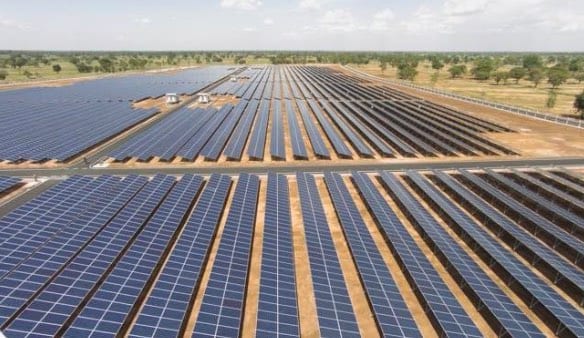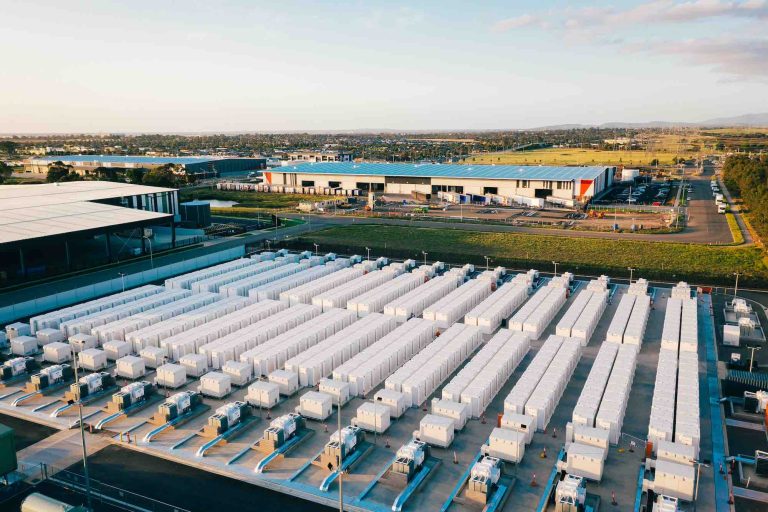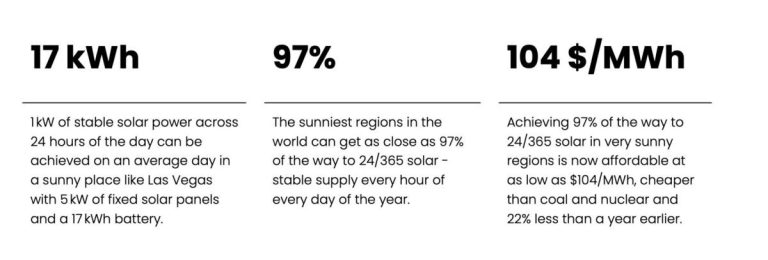Record Growth in Wind, Solar, and Battery Projects in Australia
The Australian Energy Market Operator (AEMO) has announced a significant increase in the completion of wind, solar, and battery projects over the past financial year, reaching an unprecedented high. This surge is particularly evident in the latest quarter, marking a near doubling of completed projects.
AEMO’s recent Connections Scorecard reveals a flurry of activity in new projects either under construction or seeking grid connections. A notable trend is the rise of hybrid projects, especially those combining solar and battery systems, alongside the deployment of grid-forming inverters, which are essential for maintaining stability in a grid increasingly reliant on renewable energy.
Positive Outlook for Renewable Energy Targets
The uptick in activity within the National Electricity Market (NEM) is likely to reassure the federal government, enhancing its prospects of achieving the ambitious goal of 82 per cent renewable energy by 2030. This includes ensuring that sufficient new capacity is either operational or in the pipeline.
Merryn York, AEMO’s head of system design, highlighted that 29 projects, amounting to a record 4.4 gigawatts (GW) of capacity, reached full output in the 2024/25 period, with 1.5 GW coming online in just the June quarter. This impressive list features solar farms such as Wollar, Stubbo, Wunghnu, Mannum, and Kerang, as well as significant battery installations like Greenbank, Koorangie, and Latrobe Valley, along with the Goyder South wind farms. It is important to note that this data excludes Western Australia’s independent grid and other isolated networks like those in the Pilbara, Mt Isa, and the Northern Territory.
Expanding Project Pipeline
The future looks even brighter with a burgeoning pipeline of projects. A total of 37 projects, representing 9 GW, have achieved registration, a substantial increase from last year’s 2.5 GW. Additionally, 60 projects totalling 15.7 GW have received application approvals. York stated that this brings the total capacity of projects in the connection process to 260, amounting to 53 GW, which is a 39 per cent increase compared to the same period last year. Of this, 7 GW is already constructed and in the process of commissioning to full output.
As noted by Renew Economy, there is a growing trend towards hybrid projects where solar and wind farms share a connection point with battery storage. This arrangement allows for on-site energy storage, preventing the need to curtail output due to economic factors or network congestion.
For many solar initiatives, integrating battery storage has become essential for securing financing, particularly given the increasing occurrence of low or negative wholesale prices during peak solar generation times when rooftop solar systems dominate demand.
Innovations in Energy Technology
The Cunderdin plant in Western Australia, the largest hybrid facility in the country to date, exemplifies this trend by enabling power dispatch to the grid during high demand periods, even after sunset and into the early hours.
Another significant development is the adoption of grid-forming inverter technology in battery projects, which is crucial for AEMO as it assesses the security needs of the power system, particularly as coal-fired generators exit the grid. York noted that there are currently seven grid-forming batteries operational in the NEM, with an additional 78 projects, totalling 15.6 GW, progressing through the pipeline.
“These trends illustrate how investors are adapting to the economic realities of negative wholesale electricity prices and leveraging grid-forming technology to enhance power system security,” York remarked.
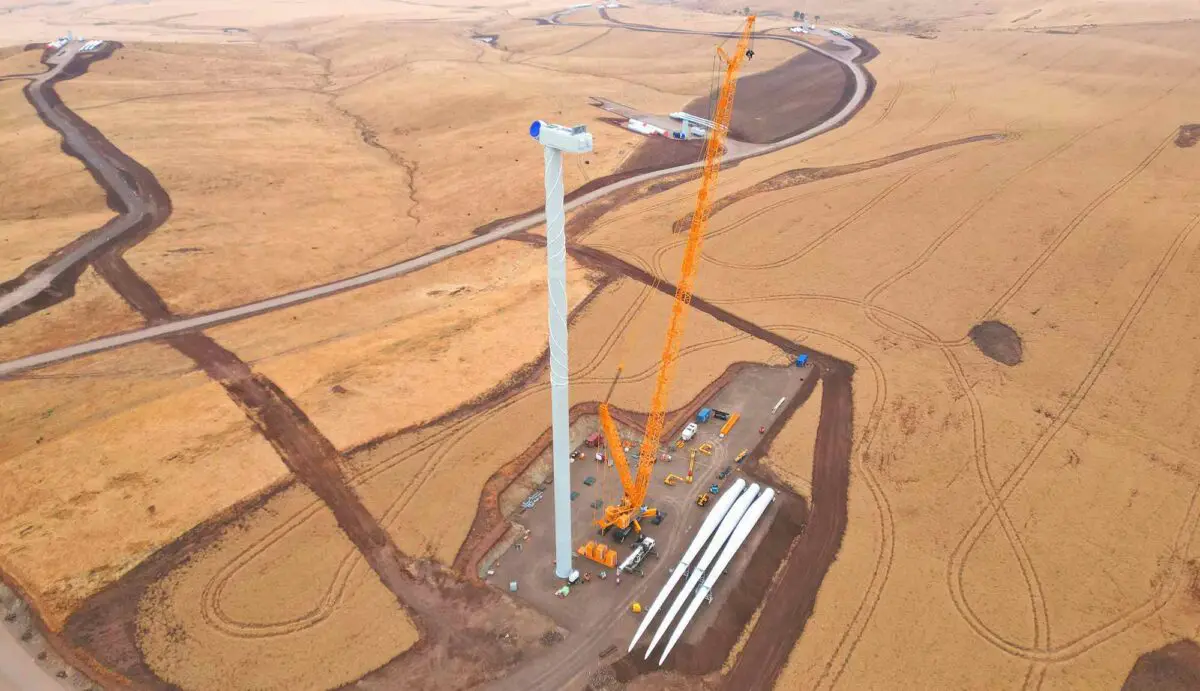
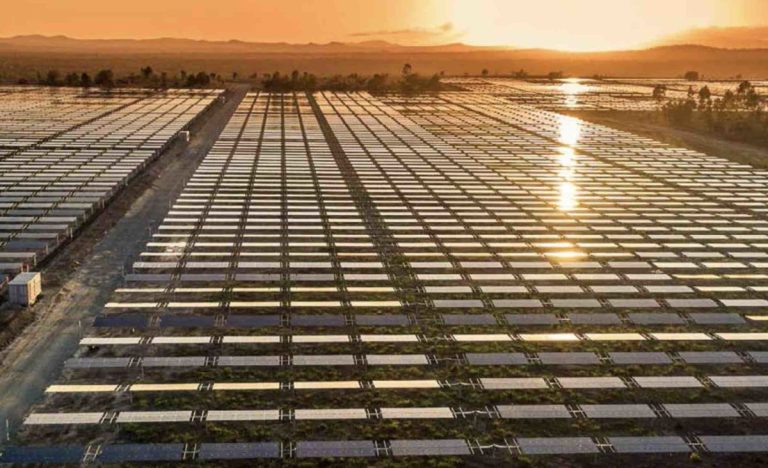
43-768x576.jpg)

